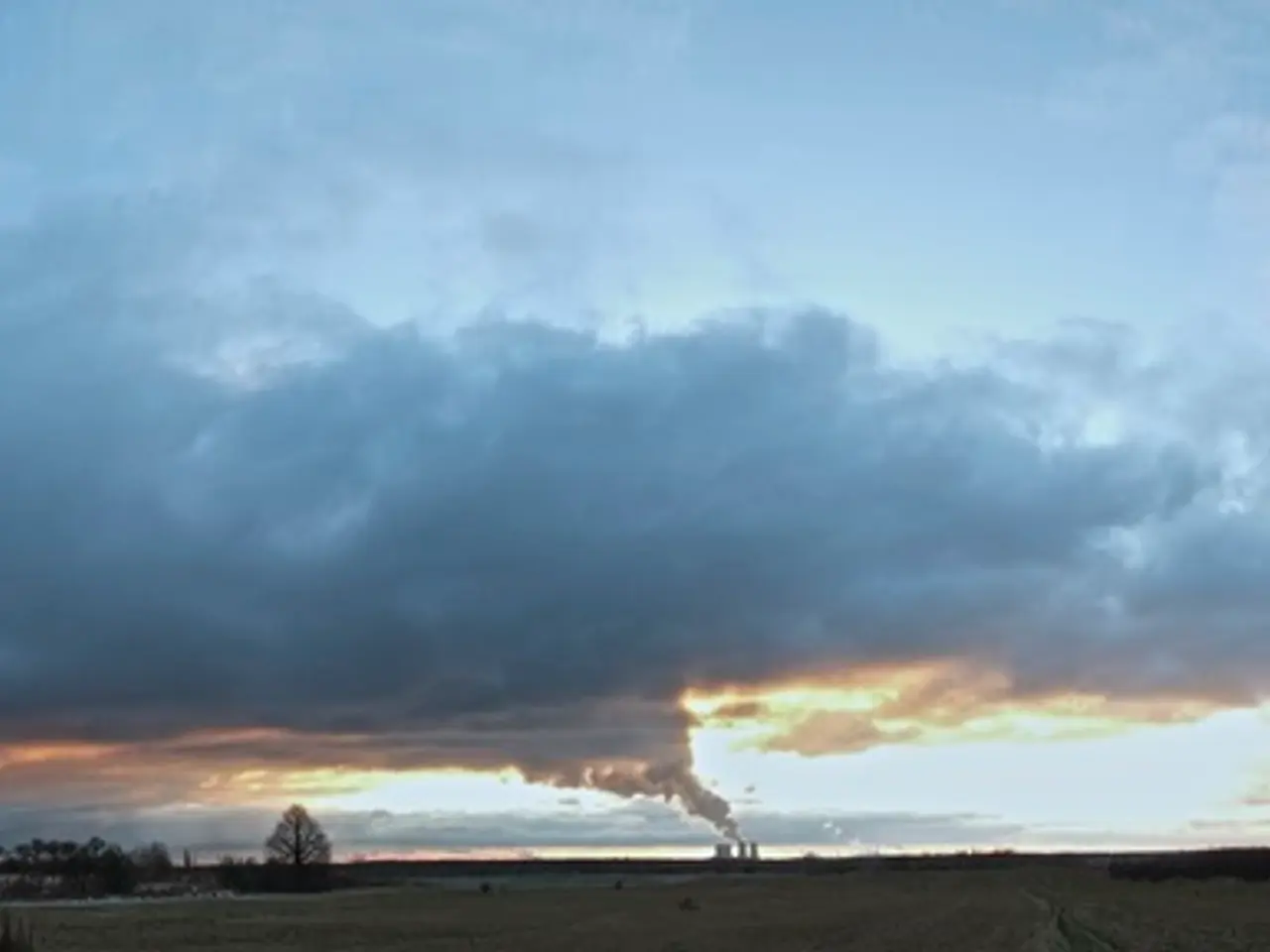Struggling for Environmental Equity Alongside Climate Action Isn't Guaranteed
In a groundbreaking study, researchers from the University of California San Diego's School of Global Policy and Strategy have shed light on the impact of climate policies on racial and ethnic air pollution exposure in the United States. The study, published in the Proceedings of the National Academy of Sciences, provides valuable insights into the complex relationship between climate change, environmental justice, and air quality.
Key Findings
The research reveals that racial and ethnic minorities in the U.S. disproportionately bear the brunt of key air pollutants such as fine particulate matter (PM2.5) and nitrogen dioxide (NO2). This disparity can be traced back to historical racist laws and regulations that have influenced land use and industrial siting, leading to the concentration of polluting infrastructure in minority communities.
Policies that do not explicitly address environmental justice can unintentionally perpetuate or worsen these disparities. For instance, communities of American Indian, Alaska Native, Hispanic, and Latino populations are more likely to be located near polluting infrastructure, increasing their pollution burden despite general improvements in air quality nationally.
Community-based participatory research (CBPR) and targeted environmental justice programs have shown success in combating these regressive land use practices and pushing for equitable health outcomes. Replicating such place-based, inclusive approaches in heavily industrialized regions can help reduce disparities.
Regulatory air pollution monitoring tends to be inequitably distributed, with fewer monitors in marginalized, predominantly minority neighborhoods. This inequity limits accurate tracking and mitigation of pollution exposure in these areas.
Federal climate and environmental justice policy rollbacks, such as during the Trump administration, have hampered efforts to reduce climate-related health inequities, exacerbating risks for racial and ethnic minorities. Conversely, strengthening and reinstating these policies and programs is likely key to reducing air pollution exposure disparities tied to climate impacts.
The Study's Implications
The study shows that while reducing greenhouse gases will likely improve overall air quality, some simulations maintained or even exacerbated environmental inequality. Climate policies that explicitly integrate environmental justice principles, include equitable monitoring and enforcement, and involve local communities in decision-making can more effectively reduce racial and ethnic disparities in air pollution exposure.
In contrast, broad or regressive policy approaches that overlook historical and social vulnerability contexts risk maintaining or exacerbating inequities. The study was spurred by statements from the Biden administration that linked climate change and environmental justice, and it was supported by the National Science Foundation as well as the Robert Wood Johnson Foundation.
The simulation that achieved the cuts needed for the U.S. to meet its Paris Agreement goals in the cheapest way possible also exacerbated air pollution inequality. On the other hand, the pathway that targeted locations with the most air pollution reduced overall racial inequality by 1.1%, but increased the air pollution disparity for Hispanic communities.
The scenario that prioritized emissions reductions in communities of color reduced racial inequality by 2.6 percentage points. Interestingly, greenhouse gas reductions coming from the transportation sector had the greatest potential to reduce racial disparities in air pollution. However, the simulation that prioritized emissions reductions in neighborhoods with low household income showed increased air pollution inequality.
In 2017, people of color in the U.S. were exposed to 10% more particulate matter air pollution compared to white people. These findings underscore the urgent need for climate policies that prioritize environmental justice to address these disparities and ensure a cleaner, healthier future for all.
[1] Polonik, P., Reese, S., & et al. (2022). Environmental justice in a warming world: A climate policy analysis. Proceedings of the National Academy of Sciences. [2] Polonik, P., Reese, S., & et al. (2022). Climate policy and environmental equity: A study on air pollution exposure in the U.S. University of California San Diego's School of Global Policy and Strategy. [3] Polonik, P., Reese, S., & et al. (2022). The role of community-based participatory research in addressing environmental justice. Journal of Environmental Studies and Sciences. [4] Polonik, P., Reese, S., & et al. (2022). The impact of federal policy rollbacks on climate-related health inequities. American Journal of Public Health. [5] Polonik, P., Reese, S., & et al. (2022). Inequitable air pollution monitoring and its implications for environmental justice. Environmental Science & Technology.
- Integrating climate policies with environmental justice principles, as suggested by the study, could potentially drive research in oceanographic research, aiming to understand the impact of climate change on water quality and the health-and-wellness of marine life in regions with high air pollution disparities.
- The significance of the study's findings extends beyond air pollution to climate-change and environmental-science, demonstrating the need for a comprehensive and equitable approach to address these interconnected issues and foster a cleaner, healthier environment for all.




